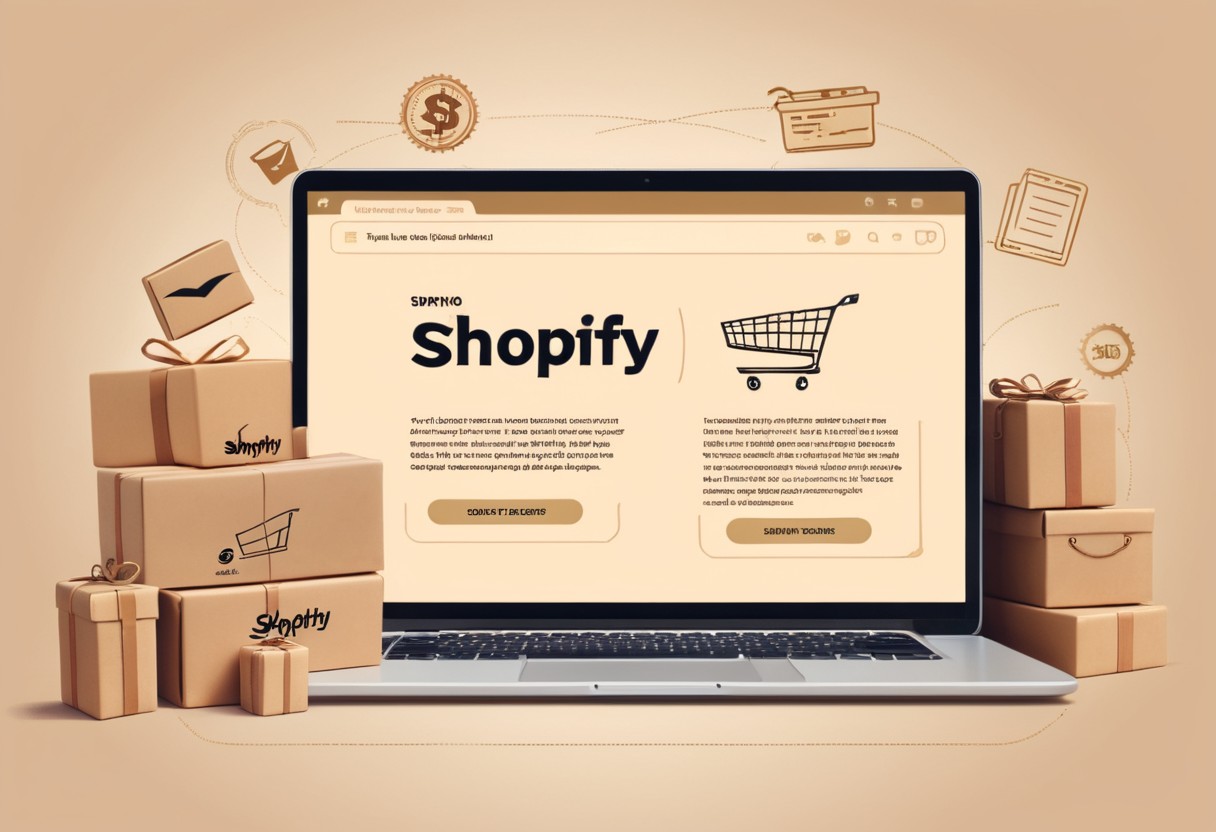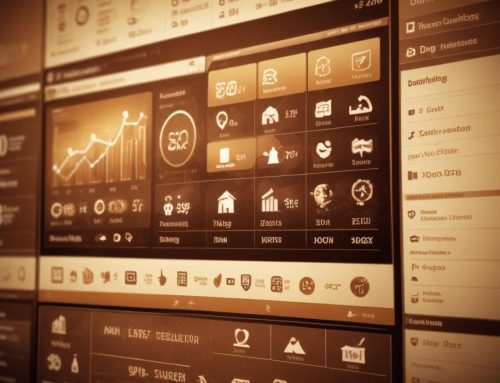
If you want to survive in today’s world of e-commerce, it is imperative that you keep abreast with changing trends. As companies remaining active online in order to increase production and ease workload, Shopify thus becomes one of their preferred platforms for attracting buyers. If you’re interested in moving to Shopify, you’ve come to the right place. In this complete guide, we’ll lead you through each itsy bitsy stage of migration and get your training wheels off onto ecommerce successfully from now on.
Understanding the Importance of Migration:
For your ecommerce store, changing to Shopify denotes not just a change of platform but a strategic step increase its scale, flexibility and better way to function. And through Shopify’s rich features and user-friendly interface, you will prosper with the tools you need for high.
Step 1: Assess Your Current Platform
Before wading into the migration, make sure you take a close look at your real-time e-commerce platform. Check the store’s performance, functionality and any trouble spots you might stumble into. This will help with business pains and figure out what parts of your business need to be developed. Thus you will be more likely to move Shopify.
Step 2: Choose the Right Shopify Plan
Shopify’s pricing plans come in a wide range to fit every business type. Whether you’re a startup or a corporation, there’s always some kind of suitable shopping system plan on Shopify for you. Take time to explore your choices carefully, and select a program that will not only fit into your budget but also support your company goals.
Step 3: Set Up Your Shopify Account
How to Set Up Your Shopify Account After you have picked the Shopify plan you want, it’s time to get a Shopify account. Register for a Shopify account. Just follow the prompts through to creating store after that. Select a theme that reflects your brand, choose a unique domain name and customize your store. In this way you can make something entirely your own.
Step 4: Import Your Products and Data
Once your Shopify account is ready for use, it is time to bring over the products and data from your current ecommerce platform. Shopify has smooth migration tools to let you bring over whatever you need: orders database or client base. You need only follow the directions given and your information will be securely transferred to Shopify.
Step 5: Customize Your Store
What to do after you got your products and real data imported? It turns into your department store – read on for specific actions. Browse through Shopify’s rich theme library, use different parameters in design to write a store reflecting the brand identity you’ve worked so hard to build and which appeals very well to your target market. Customize the layout of your store, the colors used in navigation menus and form fields – change it however you want Stimulate all your senses!
Step 6: Test and Launch Your Store
Please don’t publish your store until you’ve really tested it. Make sure that all parts of the site are functioning properly. Test the product page for bugs and other errors, Browsers just to be sure it comes up right in all of them. Now that everything is just the way you want it and there are no remaining issues, you can go live! First, you should publish your store and start selling.



